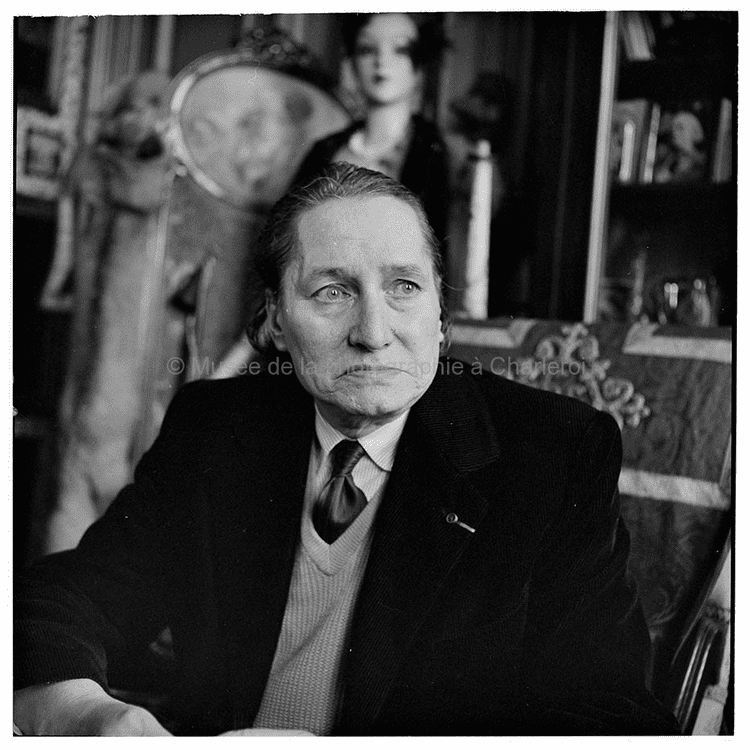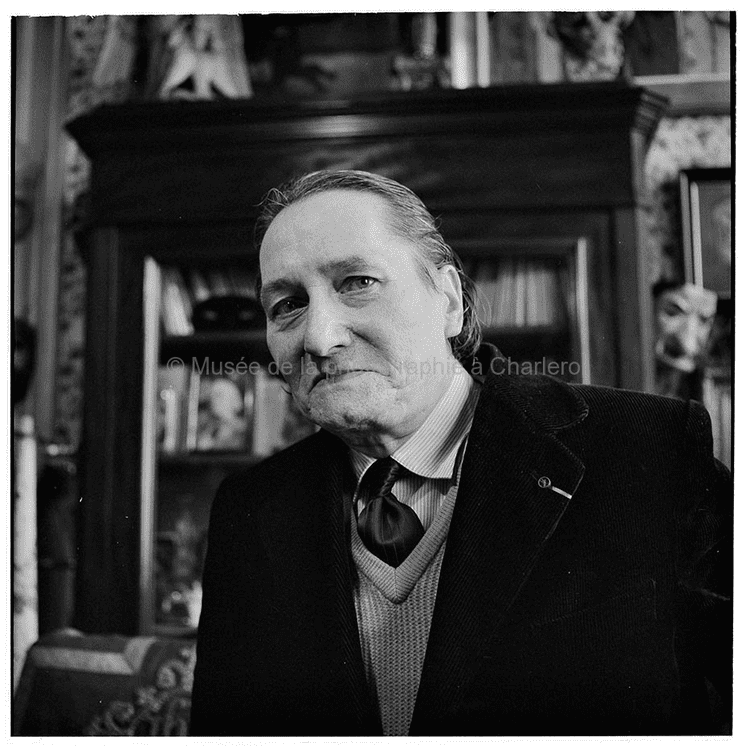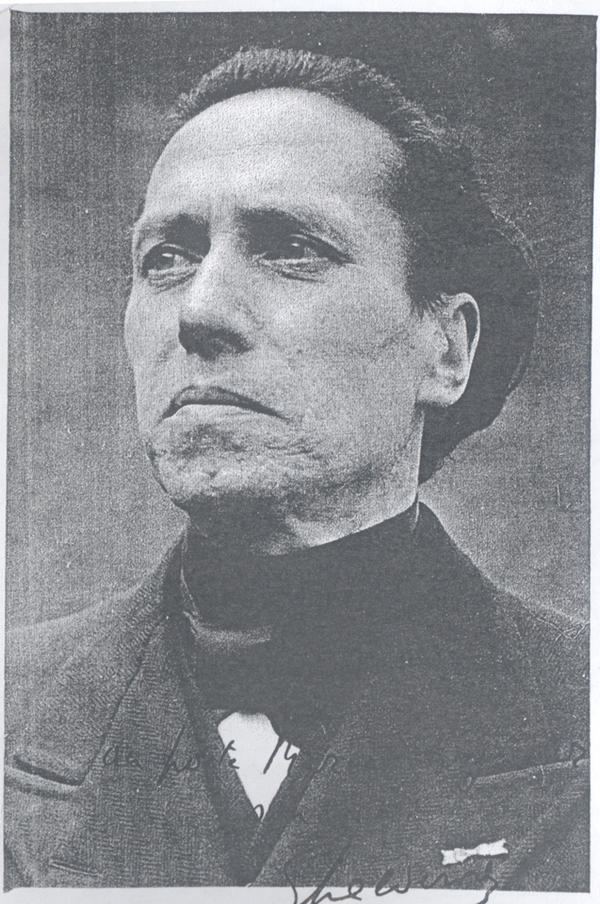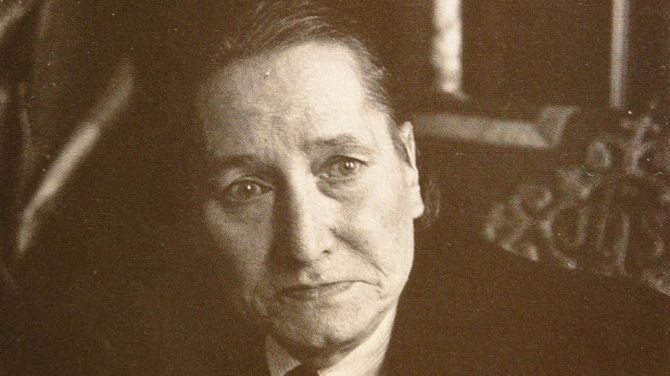Occupation dramatist | Name Michel Ghelderode Role Dramatist | |
 | ||
Full Name Adhemar-Adolphe-Louis Martens Other names Philostene CostenobleJac NolanBabylas Spouse Jeanne-Francoise Gerard (m. 1924) Books Seven plays, Ghelderode: Seven Plays, The siege of Ostend ; The actor makes his exit ; Transfiguration in the circus | ||
Maurice sevenant rencontre michel de ghelderode
Michel de Ghelderode (April 3, 1898 – April 1, 1962) was an avant-garde Belgian dramatist, writing in French. His works often deal with the extremes of human experience, from death and degradation to religious exaltation.
Contents
- Maurice sevenant rencontre michel de ghelderode
- Escorial de michel de ghelderode
- Personal life
- Influences
- Career
- Themes and style
- Appraisal and legacy
- Adaptations
- Plays
- Plays for Marionettes
- Poetry
- Prose
- Letters
- Pseudonyms
- References

Escorial de michel de ghelderode
Personal life

Ghelderode's father, Henri-Louis Martens, was employed as a royal archivist, a line of work later to be pursued by young Ghelderode. The author’s mother, née Jeanne-Marie Rans, was a former postulant for holy orders; even after bearing four children, of whom Ghelderode was the youngest, she retained evident traces of her erstwhile vocation that would strongly influence the mature Ghelderode’s dramatic work: One of Mme Martens’s remembered “spiritual tales,” concerning a child mistakenly buried alive who remained strangely marked by death even after her rescue, inspired most of the plot and characters of Ghelderode’s Mademoiselle Jaire (1934) written when the author was in his mid-thirties.

He was in military service from 1919 – 1921 and in 1924 married Jeanne-Françoise Gérard (d. 1980).

Ghelderode became increasingly reclusive from 1930 onwards and was chronically ill with asthma during his late thirties. Frequently suffering from poor health, around the age of sixteen, while pursuing his studies at the Institut St.-Louis in Brussels, he fell gravely ill with typhus. He would retain for the rest of his life the vision of “a Lady” who materialized at his bedside to utter the words, "not now, sixty-three." Ghelderode in fact died two days short of what would have been his sixty-fourth birthday in 1962. He is buried in the Laeken Cemetery, Brussels.
Influences

Ghelderode's influences include puppet theater, Italian commedia dell'arte, the medieval world of Flanders, the Flemish painters Bosch, Bruegel, Jacob Jordaens and the Teniers, along with the Belgian artist James Ensor, painter of the macabre, and the novelist Georges Eekhoud.
Career
A prolific writer, Ghelderode wrote more than 60 plays, a hundred stories, a number of articles on art and folklore and more than 20,000 letters.
He began writing plays in French in 1916. La mort regarde à la fenêtre (Death Looks In at the Window) was produced in 1918, followed by Le repas des fauves (The Beasts' Meal) in 1919. In 1921 and 1922 he was a professor at the Institut Dupuich but resigned because of ill health. The following year he worked as a bookseller. In 1923 Ghelderode earned the post of archives editor in the Communale de Schaerbeek, where he worked in a variety of capacities until 1945. In 1924 he began contributing to such publications as La Flandre littéraire and La Renaissance d'Occident and wrote plays for the puppet theater Les Marionnettes de la Renaissance d'Occident. Ghelderode began staging plays again in 1925, working with the Dutch producer Johan de Meester, a collaboration which lasted until 1930. Escurial (1927) is one of his most frequently performed plays. Widely recognized as one of his finest achievements, it exhibits German Expressionism and Symbolist influences. He wrote Pantagleize (1929) expressly for the Flemish comedian Renaat Verheyen, who died aged twenty-six, shortly after appearing in the title role.
Ghelderode completely gave up writing plays in 1939. Between 1946 and 1953 he wrote for Le Journal de Bruges. A 1949 production of Fastes d'enfer (Chronicles of Hell), originally written in 1929, caused a huge scandal on its opening night, an event that ensured his popularity.
Themes and style
He is the creator of a fantastic and disturbing, often macabre, grotesque and cruel world filled with mannequins, puppets, devils, masks, skeletons, religious paraphernalia, and mysterious old women. His works create an eerie and unsettling atmosphere although they rarely contain anything explicitly scary.
A strong anticlerical streak runs through many of Ghelderode’s plays, mitigated by a spirituality which stops short of true belief. Throughout Ghelderode’s theatrical universe, religion is more often honored than adhered to. Sensuality is another dominant characteristic prominent in almost all of Ghelderode’s plays, often in unattractive forms. Gluttony and heavy drinking loom large, as does lust, often represented by hag-like female characters with suggestive names.
According to Oscar G. Brockett, the works of Ghelderode resemble those of Alfred Jarry, the surrealists and the expressionists, and his theories are similar to those of Antonin Artaud. Through nearly all of his plays runs his perception of human beings as creatures whose flesh overpowers spirit. "Corruption, death and cruelty are always near the surface [of Ghelderode's work], although behind them lurks an implied criticism of degradation and materialism and a call to repentance "
Ghelderode was one of the first dramatists to exploit the idea of total theatre—that is, drama in which every sort of appeal is made to the eye, the ear, and the emotions in order to stir the intellect. As a pioneer of total theatre, Ghelderode exerted a powerful influence on the history of the French theatre. Although many of his plays have since been translated into English, his works are infrequently performed in English-speaking countries. Writing in October 1957 on the occasion of the first of his plays to be seen publicly in England, Ghelderode declared –
The moral of this sad story – and the story of man is always sad, absurd, and void of meaning, as Shakespeare wrote – it is that in our atomic and auto-disintegrated age, this age from which dreams and dreamers are banished in favor of the scientific nightmare and the beneficiaries of the future horror, a fellow like Pantagleize remains an archetype, an exemplary man and a fine example who has nothing to do with that dangerous thing, intelligence, and a great deal to do with that savior, instinct. He is human in an age when all is becoming dehumanized. He is the last poet, and the poet is he who believes in heavenly voices, in revelation, in our divine origin. He is the man who has kept the treasure of his childhood in his heart, and who passes through all catastrophes in all artlessness. He is bound by purity to Parsifal and to Don Quixote by courage and holy madness. and if he dies, it is because particularly in our time, the Innocents must be slaughtered: that has been the law since the time of Jesus. Amen !....Also in 1957 Luc de Heusch and Jean Raine made a 22-minute film about Ghelderode. He finally appears near its end, in the location of the Theatre Royale de Toone, the sixth and last in a dynasty of marionette theatres in Brussels.
Appraisal and legacy
Jean Cocteau said of him: Ghelderode is the black diamond that closes the necklace of poets that Belgium carries around her neck. This black diamond casts a cruel and noble fire. It wounds only the small souled. It dazzles others.
In modern times the animators Brothers Quay cite Ghelderode as an influence upon them.
Adaptations
Ghelderode's La Balade du grand macabre (1934) served as libretto for György Ligeti's opera Le Grand Macabre (1974–77. Revised 1996).
